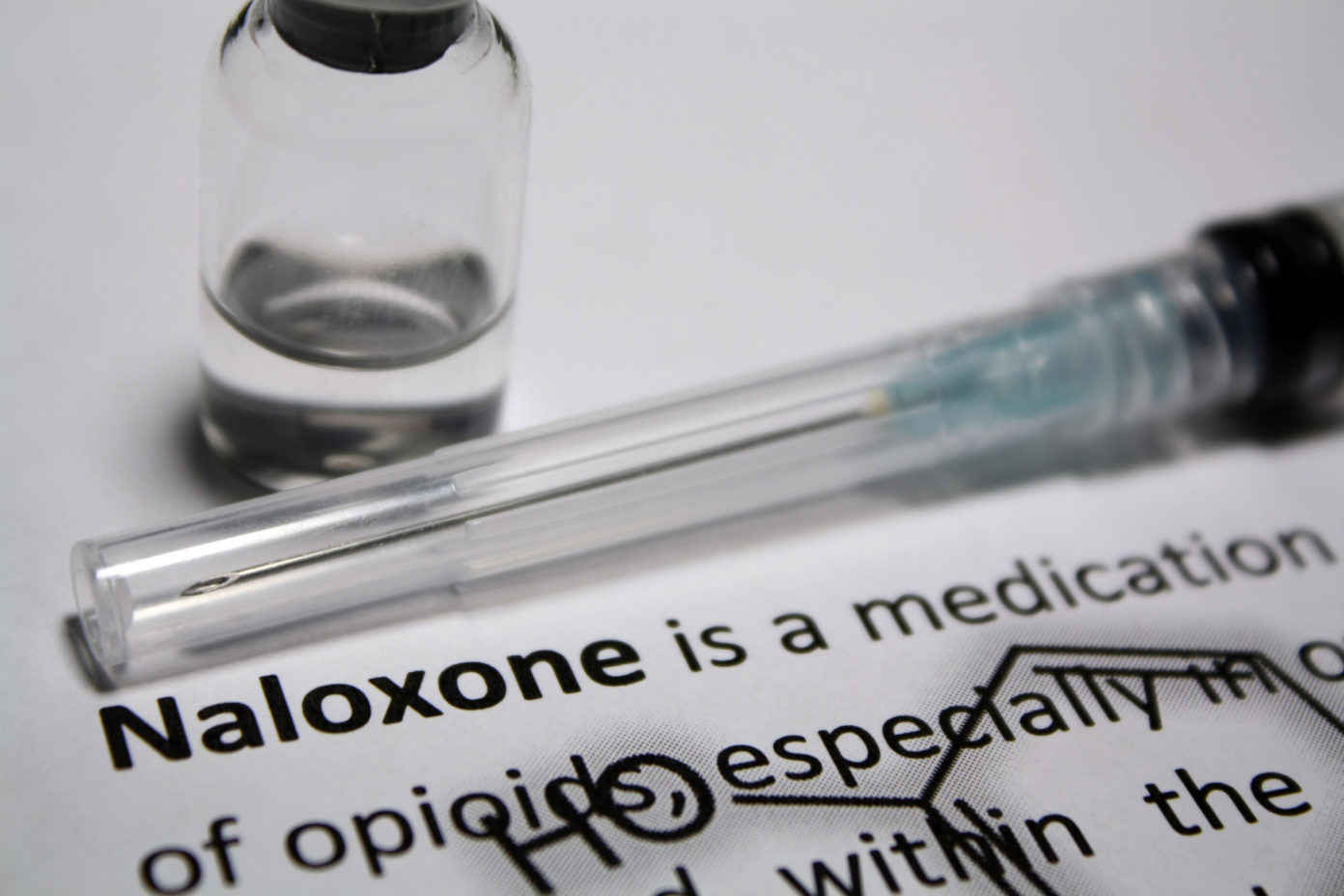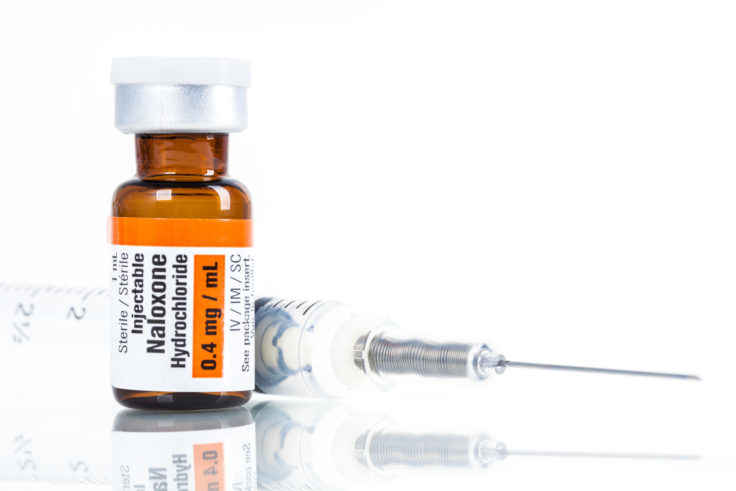Legal Interventions to Increase Access to Naloxone in Indiana
March 15, 2018
Overview
This resource examines Indiana’s combined naloxone access and overdose Good Samaritan law, and how it differs from those in other states.

The majority of overdose deaths each year in the United States involve opioids such as heroin, prescription painkillers, and, increasingly, illicitly manufactured fentanyl. In Indiana, 296 residents died from heroin-related overdose in 2016, and deaths from prescription painkillers increased by about 500 percent between 2003 and 2016.
Many of these deaths are preventable with the timely administration of the overdose reversal drug naloxone and the provision of related emergency care. Unfortunately, in many cases overdose bystanders do not have ready access to naloxone and either do not call for assistance or delay doing so because they are afraid that summoning emergency responders will put them at risk of arrest and prosecution.
Indiana, like most states, has moved to address these problems by passing legislation that both makes it more likely that overdose witnesses will have naloxone on hand and encourages those witnesses to summon emergency assistance by providing immunity for some drug-related crimes. A separate law allows the fact that an individual called for assistance to be taken into account during sentencing for crimes for which immunity is not provided.
This resource examines Indiana’s combined naloxone access and overdose Good Samaritan law, and how it differs from those in other states.



